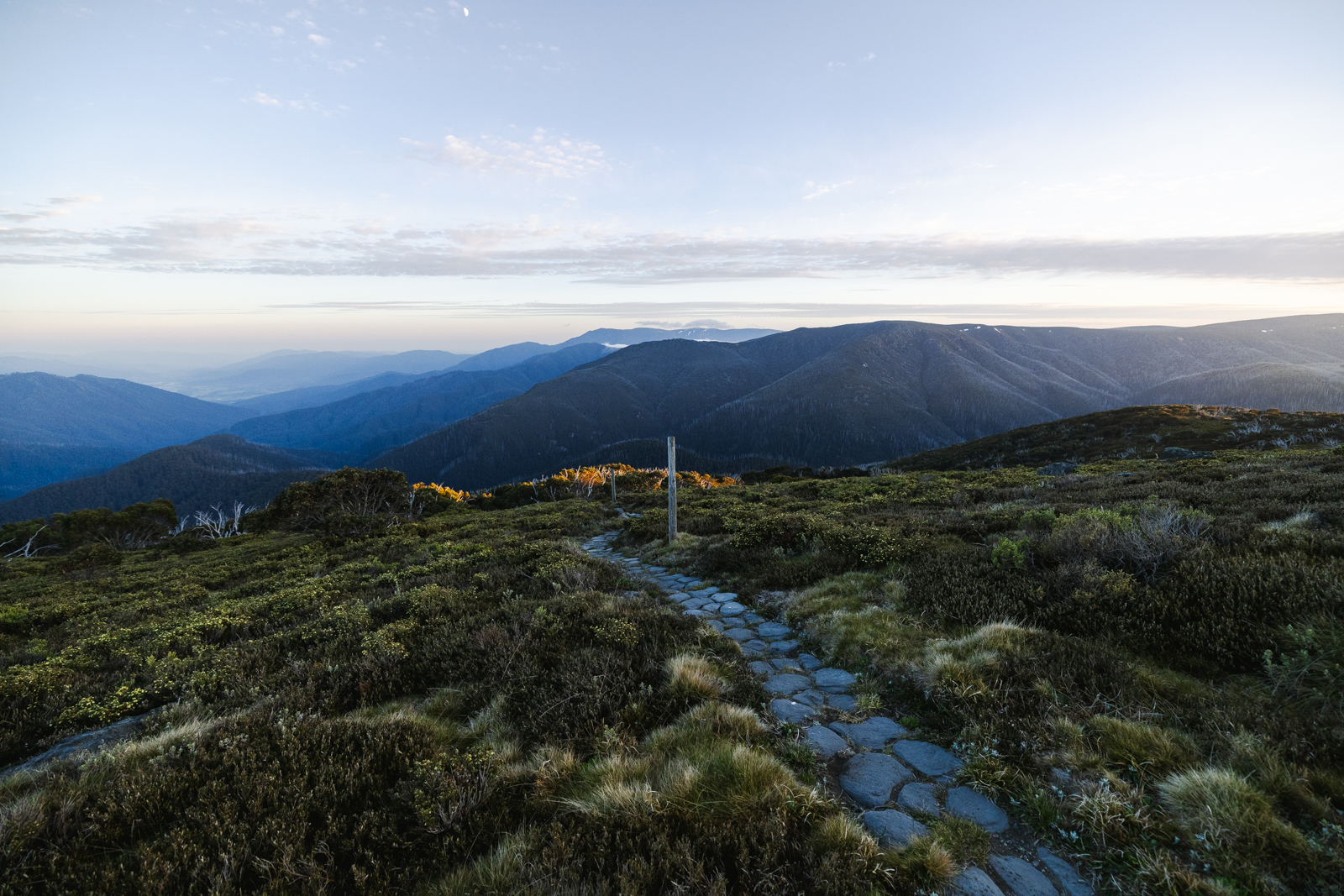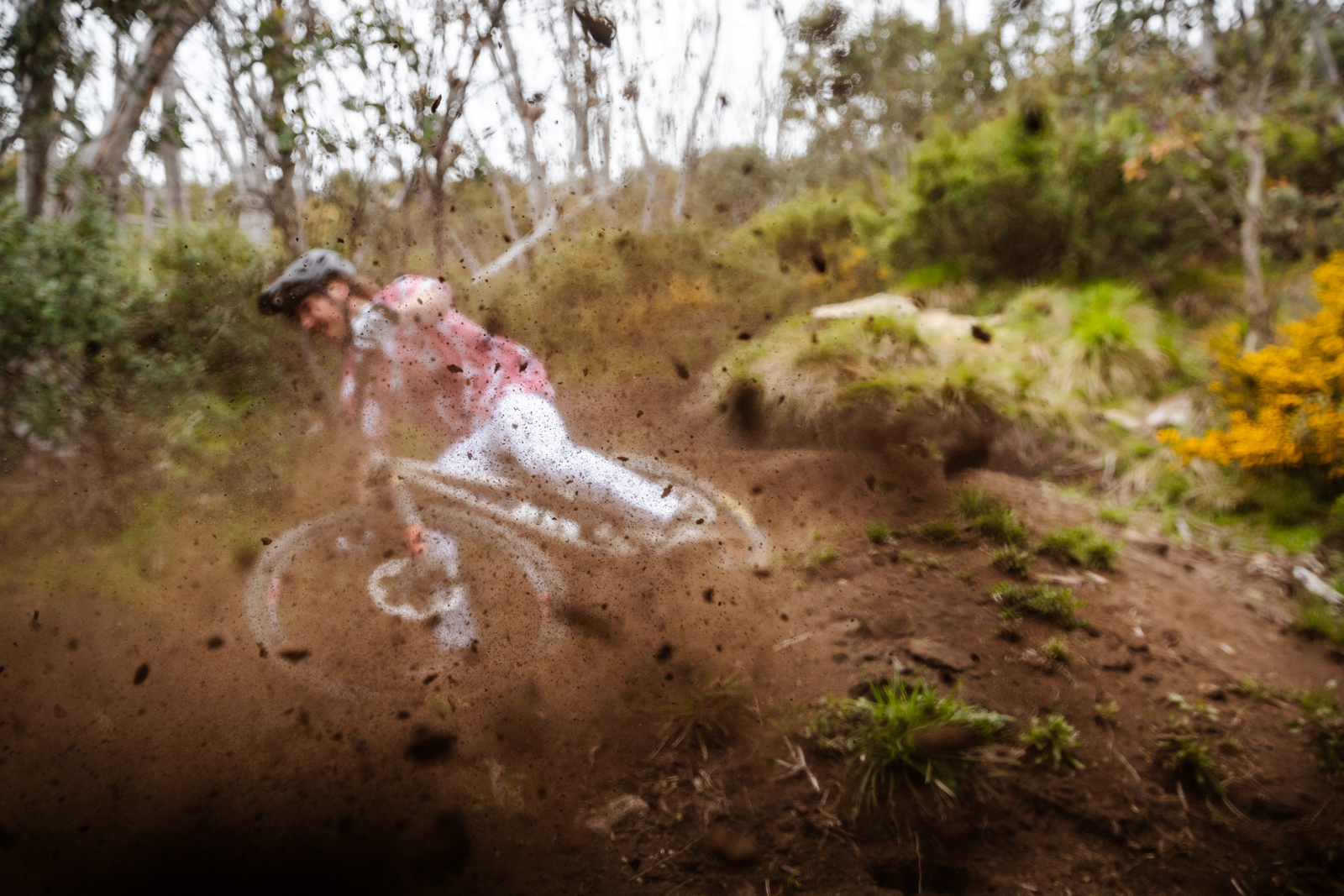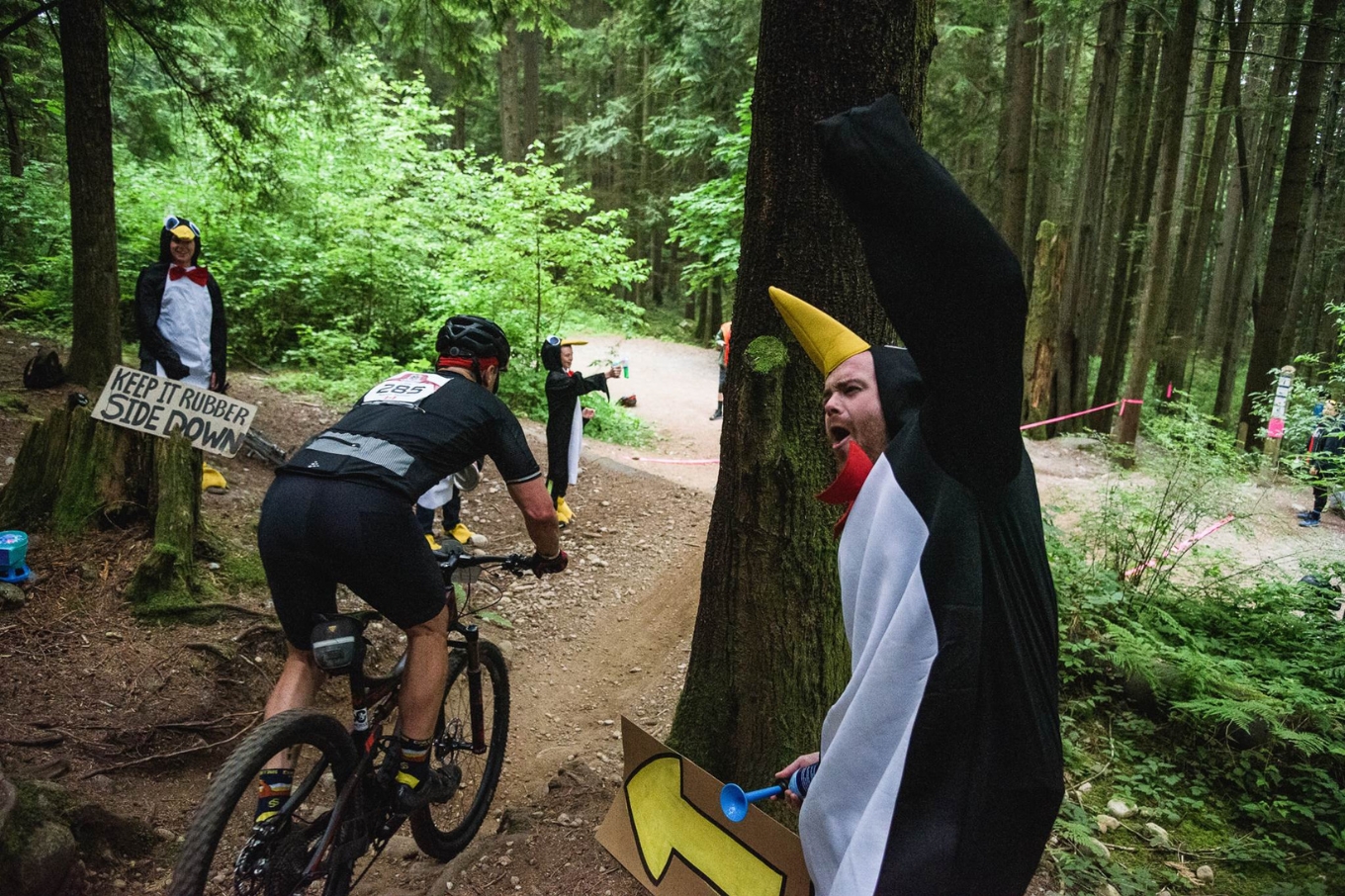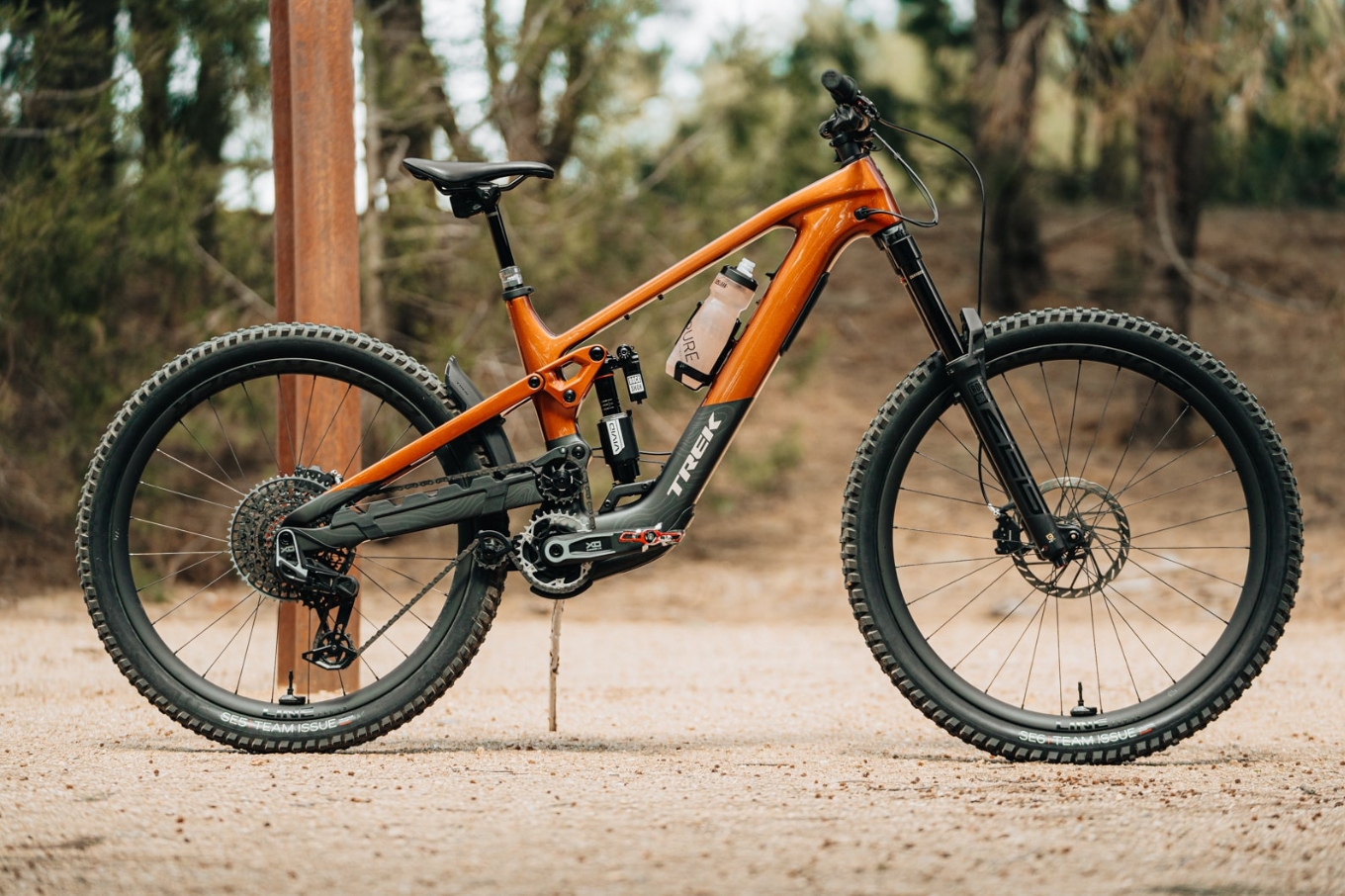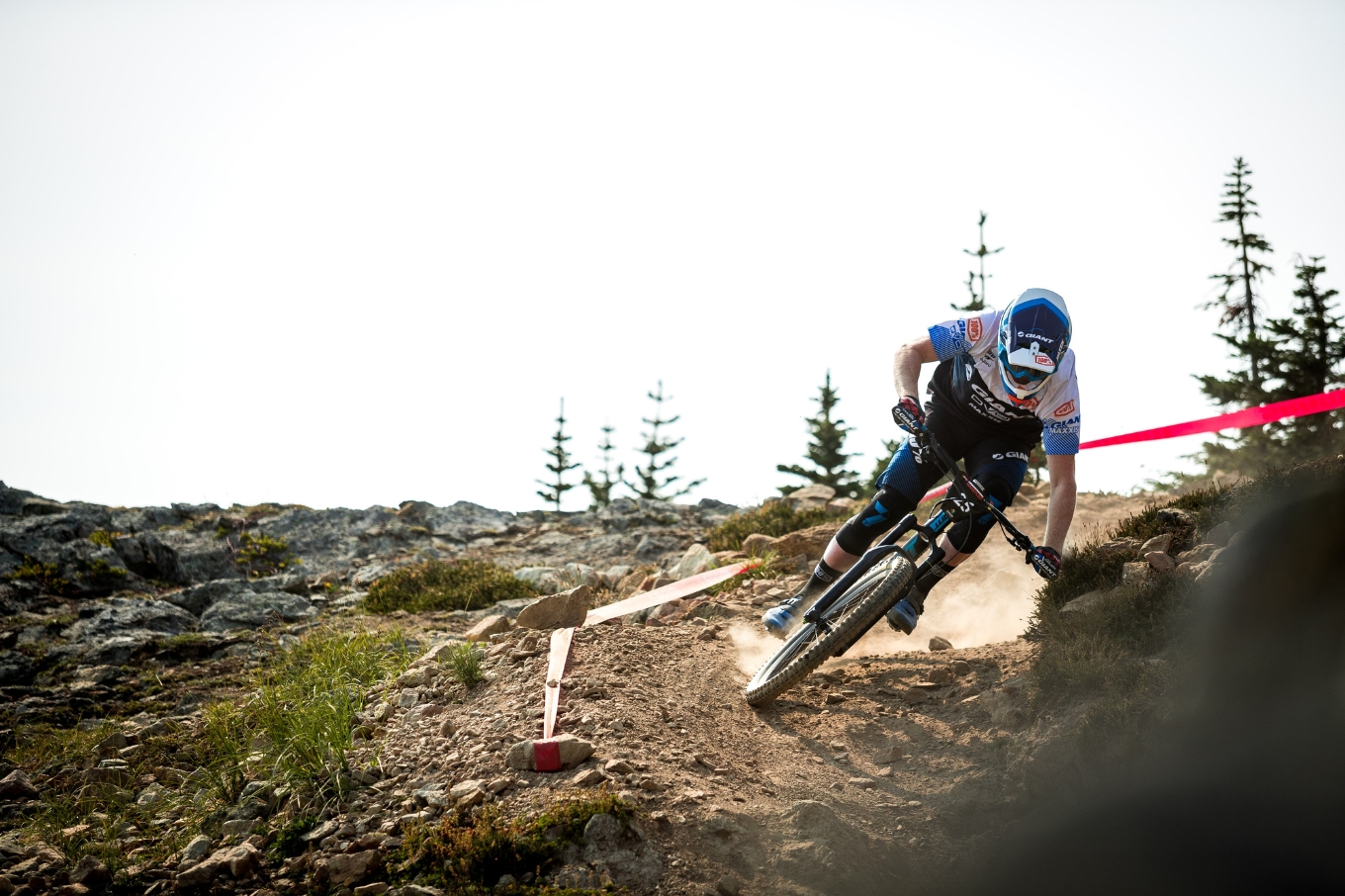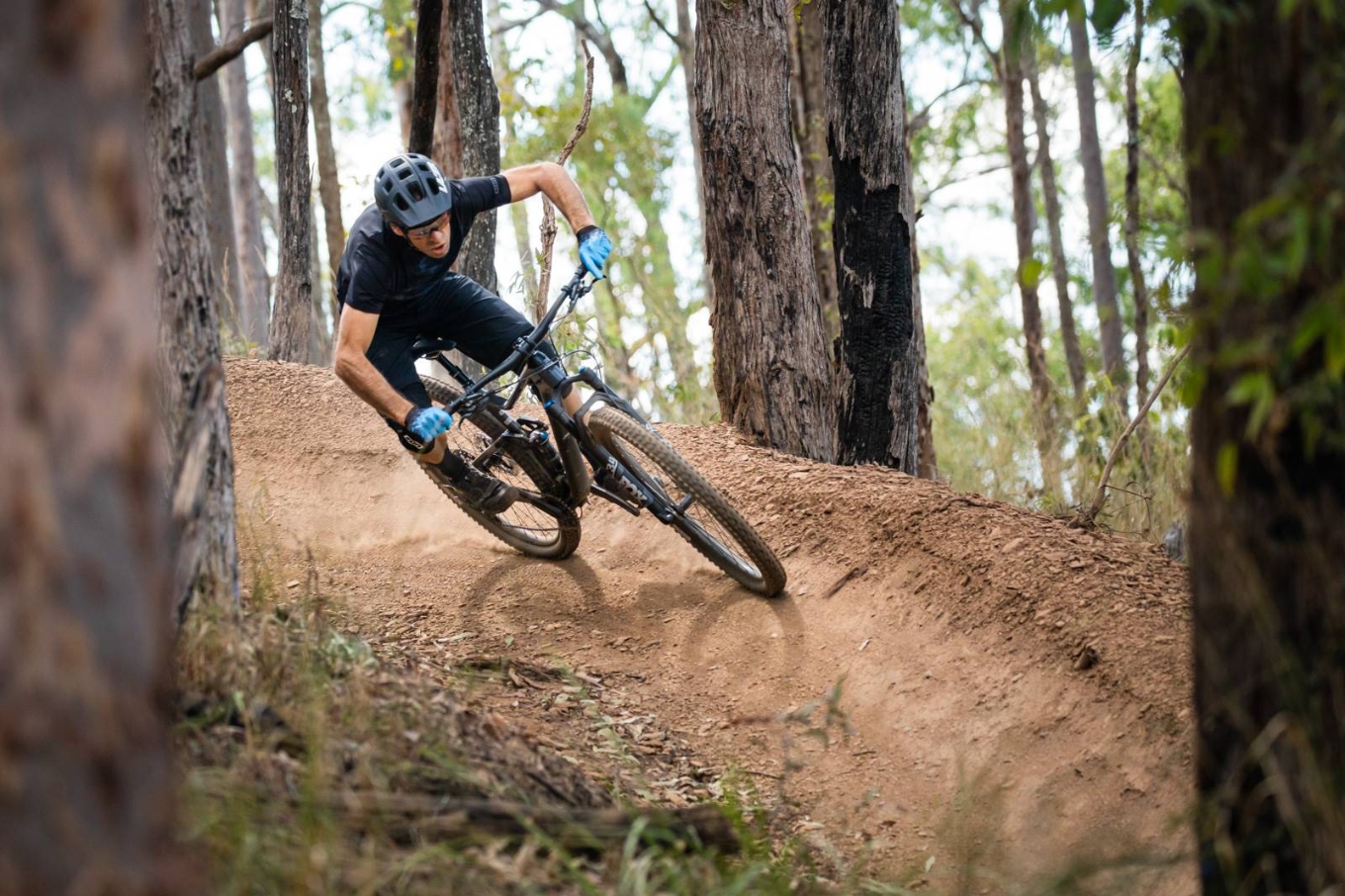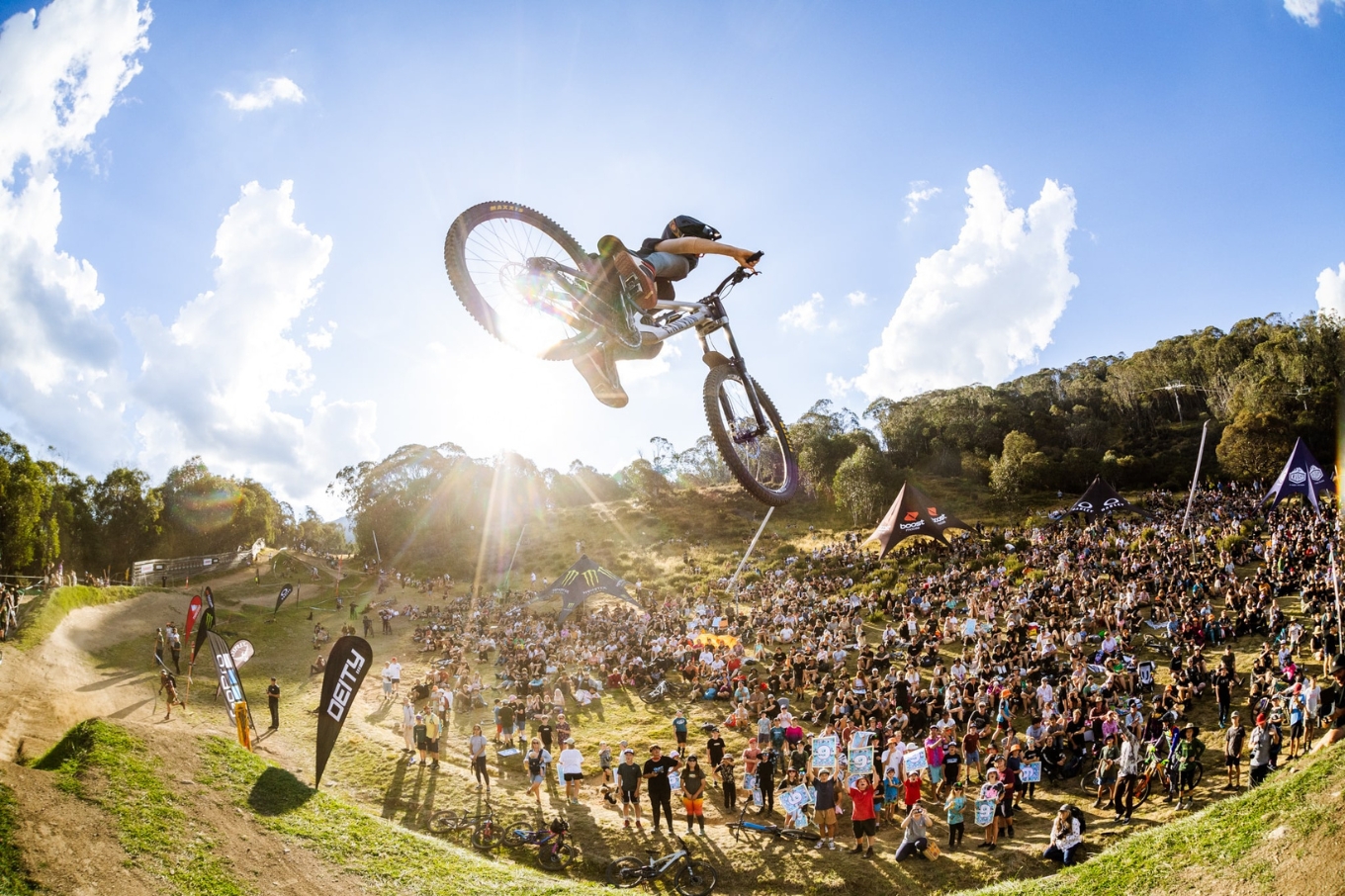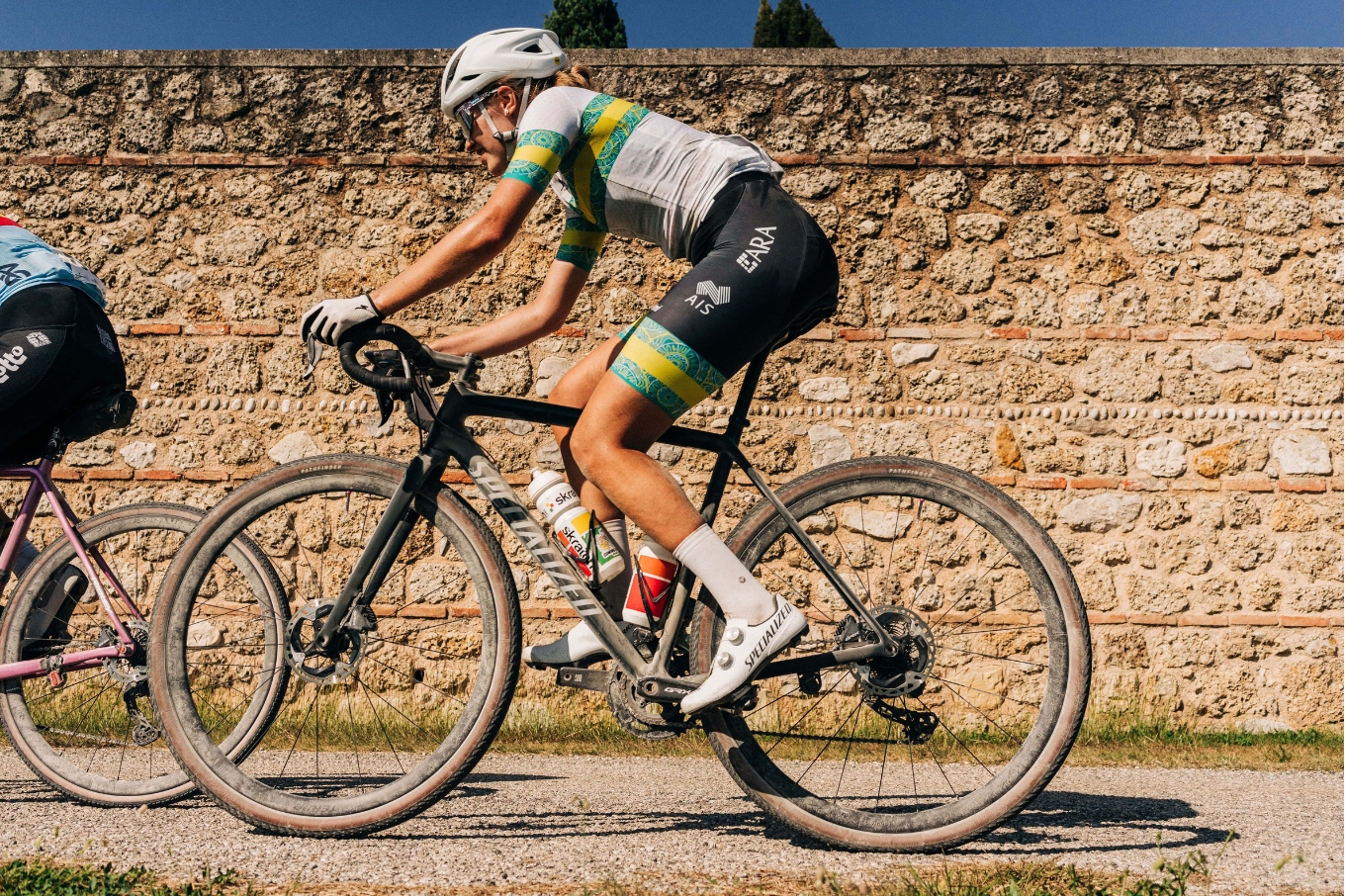Keeping electric trail bikes off MTB trails
With so many high quality mountain bike trails being built, Craig explains why electric motor bikes have no place on them.
Words: Craig Meinicke | Photos: Nick Waygood
When I saw a mountain bike article pop up on my phone, I knew it had to be of significance to make the ABC news feed. The story was about a rider on the Sunshine Coast who was injured after a collision with an electric trail bike (motorcycle).
The incident occurred on a one-way descending trail where the mountain biker was descending at speed and the trail bike rider was quietly climbing the trail. In this scenario it was only a matter of time before the collision occurred.
As mountain bikers, we generally are exposed to conflict between riders and walkers, dogs off leash, trail runners, or horse riders. The invention of electric trail bikes (not pedal assist) has introduced another type of user to our trails that is unlike anything we have seen to date.
Whilst most motorised trail bikes are too large for the tighter nature of mountain bike trails, some smaller trail bikes exist that can quite easily navigate our trails. Without making the noise of a conventional combustion engine, the electric trail bikes have evolved into a real issue for both the safety of trail users, and the sustainability of our trails. They simply don’t belong on mountain bike trails.
So how do we keep electric trail bikes off trails not designed for their use and avoid more injuries or worse in the future?
For any trail related problem, we generally head to the usual spread of mitigation measures:
Engineering – installing barriers on trail entrances to filter out trail bikes
Administrative – installing signs at all entrances to educate trail users and define acceptable trail users
Enforcement – undertake patrols and issue fines to trail bike riders and other users breaking the ‘rules’
Depending on the situation, one or more of these mitigation measures may work. However, what each of these measures has in common is cost, they all divert funds away from fundamental trail development and management activities. For new trails, we can start building in signs, and adding trail features that prevent, or make riding motorised trail bikes on mountain bike trails no fun. Existing trails are not so easy, we get back to retrofitting expensive things onto trails.
Ultimately, for any shared natural asset like a trail to work for different users, there needs to be a certain level of respect within and between user groups. A framework of ‘acceptable behaviours’ or ‘rules’ is created, and everyone commits to work together to make it successful. That model works when we are all playing by the same rules.
Which ultimately brings us to the only real low-cost solution available to us, education.
Like selling any type of bike, distributors of motorised trail bikes have a duty of care to educate their customers about where it is OK to ride, expanding on this, land managers need to develop educational campaigns to explain where is safe to ride these types of bikes and why. As riders we can only do so much without putting ourselves in harm’s way by confronting another trail user, what we can do is be super proactive in calling out and reporting these situations so that land managers can respond appropriately. Eyes up and stay safe.
